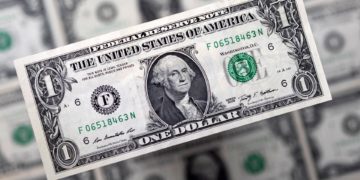Before we dive into binary options, it’s important to get a basic understanding of what options are and how they work.
Traditionally, an “option” contract gives the holder the right to buy or sell an asset at a predetermined price within a certain period of time (or by an expiration date).
Note that the holder is not obligated to buy or sell at the predetermined price, he merely has the option to do so if he wishes to. That’s why they’re called options, yo!
There are two kinds of options:
- Calls
- Puts
And for this brief overview, we’ll only quickly cover the mechanics of option buying.
What is a Call Option?
A CALL option allows an investor to BUY the underlying asset at a predetermined price, dubbed the “strike price.”
If an investor expects the underlying asset to rise above the strike price before the contract expires, he would purchase a call option.

What is a Put Option?
On the other hand, purchasing a PUT option gives the buyer the right to SELL an asset at their chosen strike price. So, if he thinks the market price of an asset will drop below the strike price before the contract expires, he would buy a put option.

The purchase price of an option is also called the “premium” and when buying options, the premium is the most you will risk or can possibly lose.
So the profit from an option trade is the amount the market has gone beyond the strike price minus the premium at the contract expiration.
For example, let’s say you want to buy a piece of land that is currently worth $100,000.
You think it will rise in value by another $30,000 one year from now, but you don’t want to tie up $100,000 for a year in that investment.
The seller of the land offers to sell an option contract to you to purchase the land for $100,000 (strike price) one year from now.
The seller offers the contract at a $5,000 premium. You agree, pay the $5,000 to the seller for the contract and wait to see if the value rises.
Let’s say in one year, the land value increases to $130,000. You decide to exercise your right to purchase the land at the agreed price (the strike), pay the owner the $100,000 contract price and now you own the land.
Your profit on the land is the current value, $130,000, minus the purchase price (strike) plus the contract premium: $130,000 – ($100,000 + $5,000) = $25,000.
Alternatively, let’s say that in one year, the land falls in value to $80,000. You are not obligated to exercise the contract and you obviously decide not to buy the land because it has fallen in value.
Your only loss is the premium paid ($5,000) to the option seller. As you can see, options are a great alternative to play your market ideas with very limited risk.
Now that you have a basic idea of how options work, we can now take a look at binary options.











































